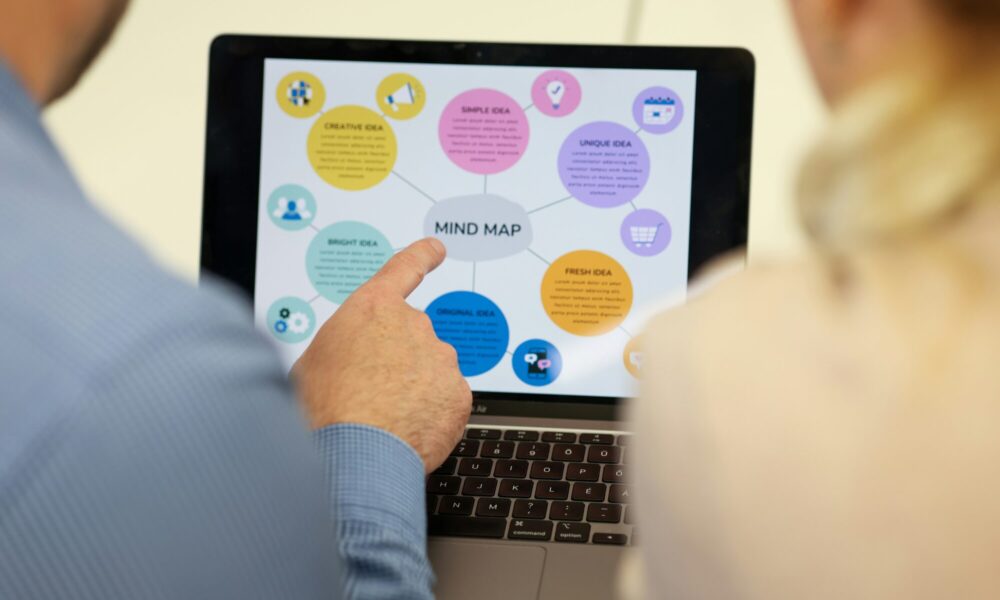How UI Tools Are Powering Business Innovation

Contrary to popular belief, innovation is not just about new ideas! It is about how well you can bring those ideas to life using the right tools!
In a world where speed, accuracy, and data-driven decisions reign supreme, businesses are not just asking what information they have- but how quickly they can act on it, too. Enter UI tools! When you are dealing with massive data sets, managing connected devices, or trying to close the gap between IT and operations, having the right interface can help bring clarity to complexity and enable your team to move faster and smarter.
Here is a look at how UI tools are becoming a vital part of business innovation and transformation across industries.
Turning Complexity into Clarity
As the number of platforms, systems, and data sources employed by businesses grows, information overload has become a real challenge. UI tools offer a way to bring this scattered information into a singular, user-friendly environment. Instead of forcing you to sift through raw data or deal with multiple systems, a good UI brings everything into one view. This helps reduce time spent searching for insights. It also reduces the risk of missing important signals otherwise buried under complexity.
Interfaces that enable visualization, drag-and-drop workflows, and layered filtering enable your team to explore and interact with data without the need for any technical training. This makes it easier for more people in your organization to get involved in making smarter decisions.
Facilitating Action Through Visualization
Data is only as useful as your ability to act on it! With static reports or spreadsheets, you rarely get the entire picture. What UI tools do well is to turn that data into actionable insights through visualization. When you can really see performance trends, bottlenecks, and usage patterns, you are in a better position to respond quickly.
This is particularly useful in high-stakes environments like logistics, manufacturing, and utilities- where delays or missteps can cost real money. UI tools linked to operational systems give you a live view of what is happening. Hence instead of reacting late, you can adjust in the moment.
Bringing Together People and Systems
For most organizations, there is a growing divide between the people using digital systems and the complexity behind those systems. UI tools, in this regard, serve as translators. They make data readable as well as usable.
This is particularly important in environments where data is constantly being generated via machines, sensors, or other connected devices. Take, for instance, IoT data historian software! These platforms collect large volumes of time-stamped data from industrial equipment. However, this data is only valuable if someone can interpret it quickly and accurately. A well-designed UI turns raw time-series data into trend charts, status summaries and alerts that make it instantly meaningful to operators, engineers as well as analysts.
Facilitating Collaboration
When different functions or departments use different systems, things tend to fall through the cracks. UI tools that offer centralized access and consistent visualizations help bring teams in line around the same data. So, whether you are in product development, customer service, or operations, being able to see the same things in the same way creates a shared language and smoother collaborations.
More than that, it makes your team more responsive! People can respond to what is happening right now instead of waiting for reports or updates to trickle through siloed channels. This responsiveness can be the difference between catching an issue early or reacting after the fact.
Supporting Data-Driven Culture
As businesses move toward data-driven decision-making, UI tools play a critical role in democratizing access to data. It does not suffice for analysts or developers to be the only ones with visibility. Everyone, from the executive to the frontline, needs to interact with data in a way that makes sense for their respective role.
This is why customization is an important consideration. The best UI tools enable tailored views based on job function while maintaining data integrity. This gives users the confidence to make decisions that are backed by current information without the need to have a technical background.
Final Thoughts
The pace of innovation does not seem to be slowing down anytime soon! Hence, your ability to leverage it should only increase. UI tools are quietly transforming the way you interact with data, and help you with making decisions quickly. So, if you are managing devices, trying to guide a strategy, or trying to get a clearer picture of what is happening in your business, the right interface can be a powerful change driver for your business!



